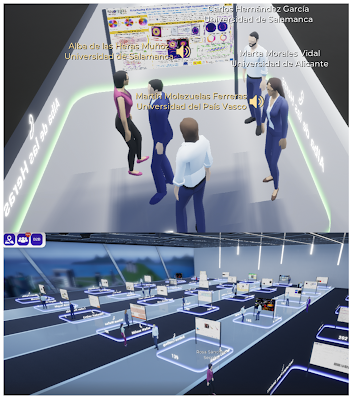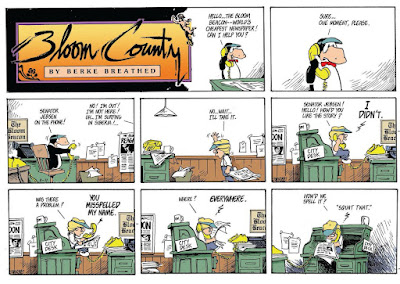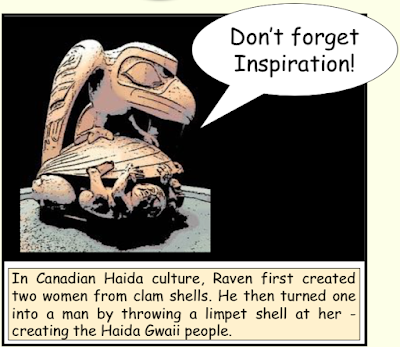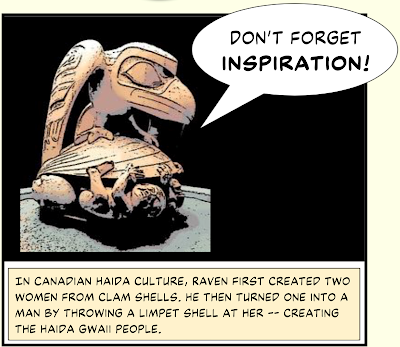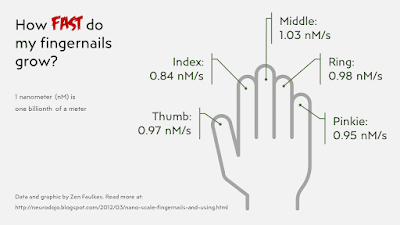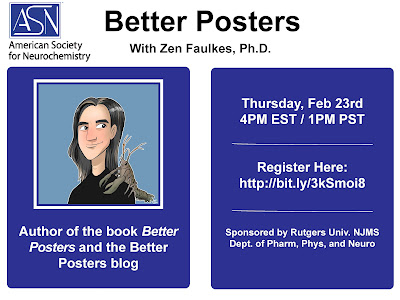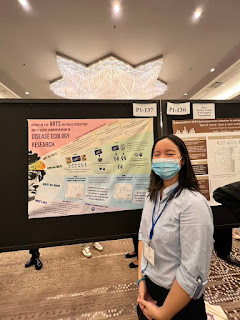Even though online conferences seem to have lost almost all momentum in 2022, papers describing online conferences from 2020 to 2021 keep coming.
The poster session was important to the planning of the conference. In part because of the poster session, the organizers picked a platform called Secpholand.
This type of 3D virtual environment has been selected mainly for the possibilities of interactivity with other attendees... What is especially attractive is how posters are presented, which for us was very important given the high number of poster contributions and considering that many of the presenters were early-career researchers, sometimes at their first conference participation. The poster room is configured like a real poster room(.) Moving your avatar around, you can see the posters, zoom on them to check them out and especially, when entering in the dedicated area next to the poster, a voice call with the other people in the area is started(.) Thus, the platform is able to reproduce a traditional poster session in an online platform reaching more than 2600 poster visualizations.de las Heras A, Gómez-Varela AI, Tomás M-B, Perez-Herrera RA, Sánchez LA, Gallazzi F, Santamaría Fernández B, Garcia-Lechuga M, Vinas-Pena M, Delgado-Pinar M, González-Fernández V. 2023. Innovative approaches for organizing an inclusive optics and photonics conference in virtual format. Optics 4(1):156-170. https://doi.org/10.3390/opt4010012
• • • • •
This is a real figure published in a book chapter.
Spangler M. 2015. Amphibians and Reptiles at the Ometepe and La Suerte Field Sites: Toward an Overview of the Evolution, Diversity, and Natural History of Central America’s Herpetofauna. In: Huettmann F, ed. Central American Biodiversity. Springer, New York, NY. https://doi.org/10.1007/978-1-4939-2208-6_12
Hat tip to Alexandra Phillips.
• • • • •
Apologies for this being a short link roundup. I deleted an earlier draft of the post and couldn’t recover it.

